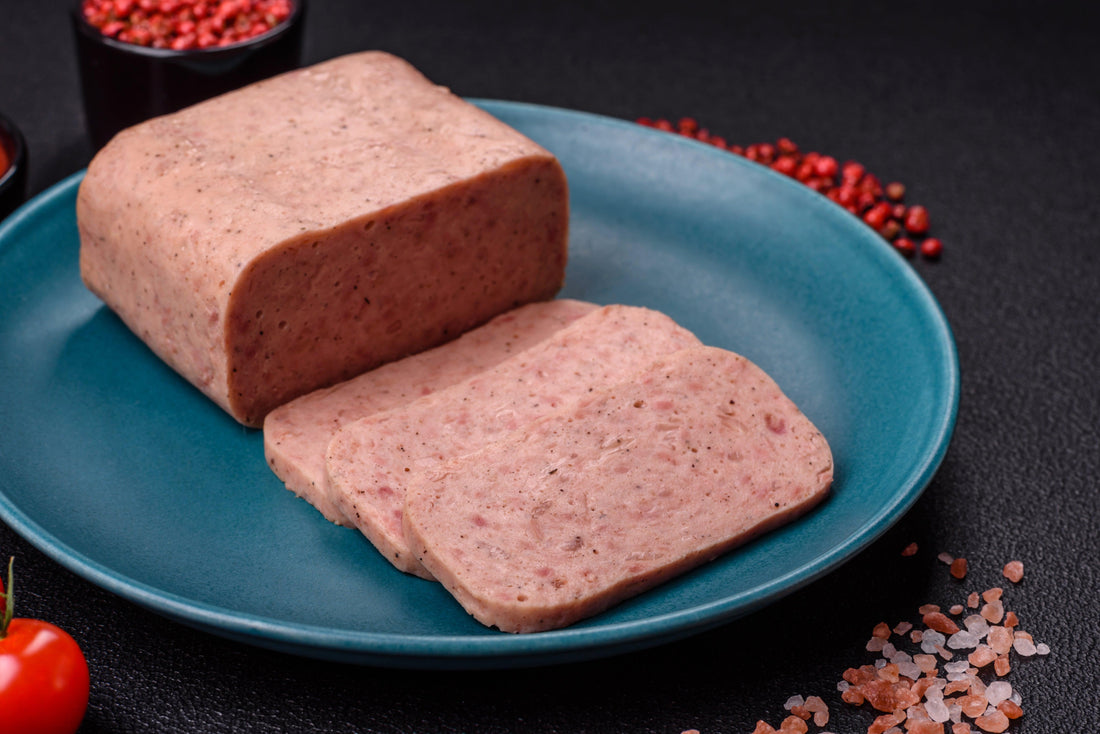
How the Spam Musubi Came to Be
Share
Have you ever wondered how spam, a canned meat product, became a staple in Hawaiian cuisine, fusing with a Japanese snack to become the spam musubi? Let's delve into the fascinating origin story of this unique fusion dish.
What is Spam Musubi?
Spam musubi is a beloved snack in Hawaii that consists of a slice of grilled spam on top of a block of rice, all wrapped together with a strip of nori (seaweed). Sometimes you can add a piece of scrambled egg, or even some bacon to make it extra fancy-fancy. However, this simple yet delicious dish in its purest form is a favorite among locals and visitors alike.
Origins of Spam in Hawaii
The introduction of spam to Hawaii can be traced back to World War II, when the islands were under martial law. During this time, fresh meat was scarce, and canned goods like spam became a valuable source of protein for the residents of Hawaii. The U.S. military also played a significant role in popularizing spam in the region, as it was a convenient and non-perishable food item for soldiers.
Japanese Influence on Musubi
The musubi itself has Japanese origins, with the dish being inspired by onigiri, a traditional Japanese rice ball wrapped in nori. Japanese immigrants brought their culinary traditions with them to Hawaii, including the art of rice molding and seaweed wrapping.
The Fusion of Spam and Musubi
It is believed that the fusion of spam and musubi occurred as a result of the availability and affordability of spam in Hawaii, combined with the Japanese influence on local cuisine. The marriage of these two elements created a unique and delicious dish that resonated with the taste buds of the Hawaiian people.
Popularity and Evolution
Over the years, spam musubi has become a ubiquitous snack in Hawaii, found everywhere from convenience stores to local eateries. Its portability, affordability, and satisfying flavor have contributed to its enduring popularity among both locals and tourists.
In conclusion, the origin of spam musubi in Hawaii is a testament to the cultural fusion and culinary creativity that defines the island's cuisine. The combination of spam and musubi may have been born out of necessity, but it has evolved into a beloved dish that represents the unique blend of influences in Hawaiian food culture.
